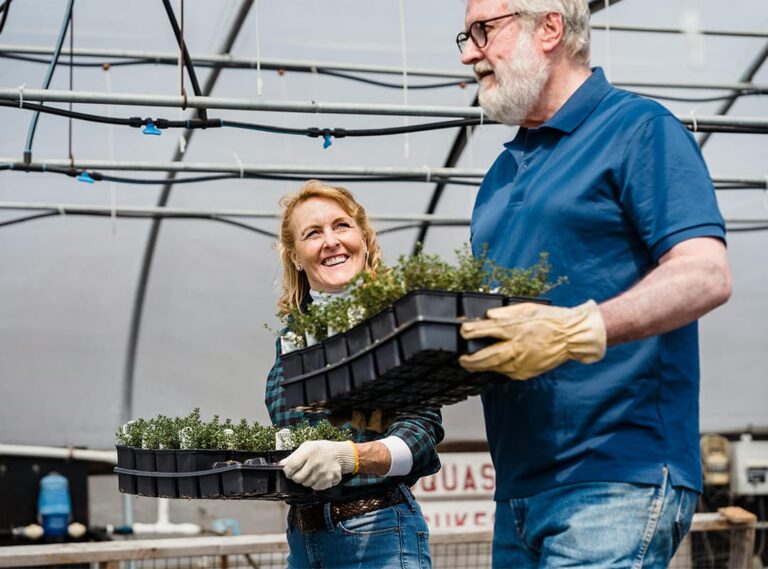Farmers use a variety of social media platforms to consume information, seek out the opinions of other farmers, explore new ideas, and communicate directly with brands.
However, some are more popular than others, and we’ve explored the key advantages and disadvantages of each social media platform below to help you make marketing decisions. The key, however, is to understand your audience demographics and target them with your social media marketing. There’s no point in spending time and energy on a social media platform if your customers aren’t there, so make sure you understand who your customers are and where you can find them.
As a rough rule of thumb, if it’s a regular middle-aged farmer, look at Facebook, YouTube and Twitter. If they are large farming enterprises and organizations, add LinkedIn. If you’re targeting younger farmers or a more trendy, cutting-edge audience, consider TikTok, Instagram, and YouTube.
Despite a few bumps along the way, Facebook is still the dominant force in the social media world, and that includes farmers.
You’ll find most farmers on Facebook, and it’s a great way to interact with them in a variety of ways. Farmers here span a large age gap, but may lean more towards the older end of the spectrum, with younger farmers preferring other platforms, but this is where you can find the bulk of the decision makers.
Twitter again has a broad farmer audience and, if it survives Elon Musk’s tumultuous reign, it is a powerful way to engage with farmers and understand their opinions.
The age range of farmers is again wide, perhaps on average a little younger than on Facebook, but with a much faster, more digestible type of content and usually more opinion-oriented.
YouTube
YouTube is probably the most influential social media platform in the sense that it is likely to have the most impact on the farmer, but also probably the hardest to attract a significant number of subscribers.
Video is undoubtedly the most engaging content you can create for social media, and YouTube is the king of video platforms. However, it’s best used in conjunction with another social media platform, such as providing a link to YouTube on Facebook or Twitter, as this will drive the most engagement.
Instagram is one of the fastest growing social media platforms among farmers, but on average it is a slightly younger audience than Facebook or Twitter. That said, the age demographic is growing, but many will use the platform for social interests or to keep up with key individual farmers rather than looking for information or the latest farming tools or trends.
The platform primarily focuses on engaging images and infographics, but is now also investing heavily in video content with rollers – video shot in a vertical position.
Although LinkedIn is evolving, it is still largely about business connections, and you are unlikely to find the average farmer significantly involved in this social media platform.
Larger farmer groups will have a presence here, and key individuals within these organizations will use it for insight and advice.
Tik Tok
TikTok is increasingly being discussed in agribusiness circles and is definitely worth keeping an eye on to see if and how your target audience is using this platform.
There is indeed a farming community on the platform, but they are usually younger people between the ages of 16 and 30. Most use the platform, which features short portrait videos, for entertainment, but will also use it to view brand products, offers and values, etc.






